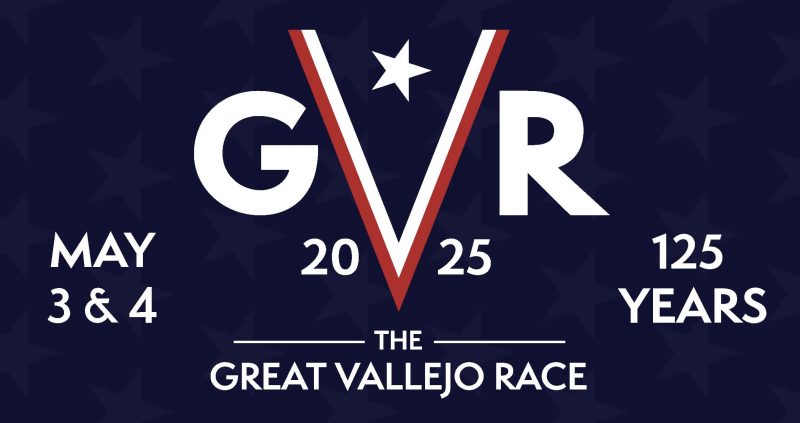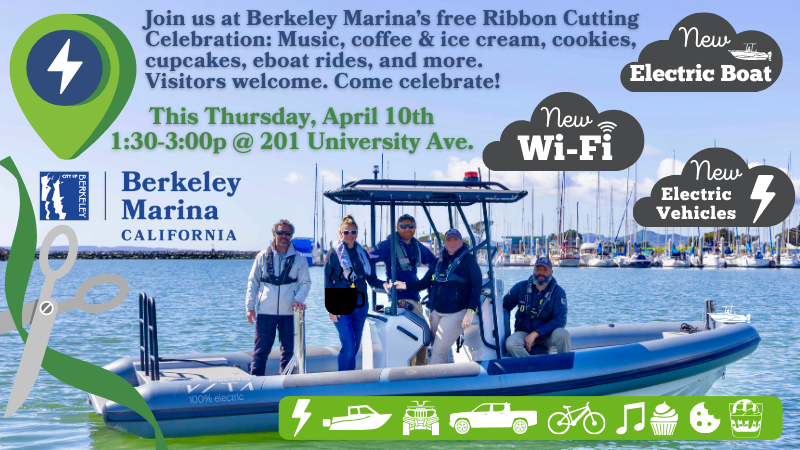
Folsom and Clementine Lakes Lakes Face Golden Mussel Quarantines
Boaters wishing to launch on Folsom Lake and Lake Clementine are facing quarantine procedures due to discovery of the invasive golden mussel species in the Port of Stockton last October. Effective April 14, Folsom Lake and Lake Clementine will be closed to all trailered or motorized vessels. All boats wishing to launch into Folsom Lake or Lake Clementine are required to go through a mandatory 30-day quarantine.
Luckily, the new regulations will not affect the upcoming 58th Annual Camellia Cup hosted by Folsom Lake Yacht Club on April 12–13. The Camellia Cup is the Sacramento area’s largest sailboat regatta, and this year will include vessels13- to 25-ft in length such as Banshees, Buccaneers, Lasers, Lido 14s, VX Ones, Thistles, Day Sailers, Vanguards, Santana 20s, Catalina 22s, Capri 22s and 25s, Cal 22s and 250s, Wavelength 24s, Hunter 270s and various types of multihull boats. It makes for spectacular viewing, and of course, is a ton of fun for sailors. The regatta heralds the start of the inland lakes’ boating season, which this year will look a little different due to the quarantine procedures.
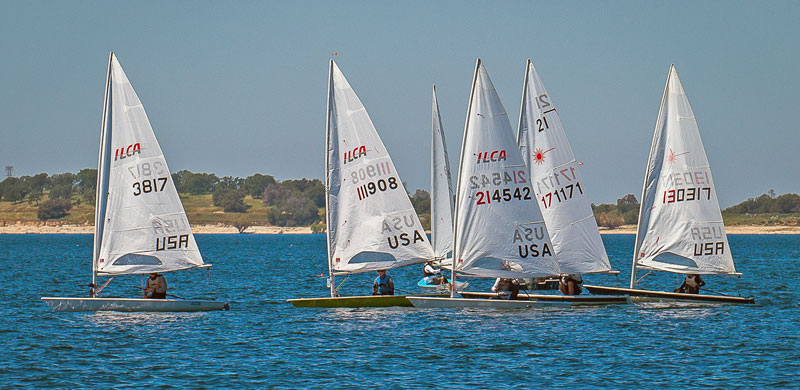
Boats wishing to enter Folsom Lake and Lake Clementine after the 30-day closures will be required to undergo an inspection before launching. Boats that pass will be tagged with a red seal. Upon leaving the water, the boats will be inspected again, and presuming all is well, will be tagged with a green decontamination seal. After May 14, all trailered or motorized vessels entering Folsom Lake or Lake Clementine will be required to have a quarantine and/or decontamination seal intact and verified prior to entering the water. Vessels in compliance will be verified on site and permitted to launch. Every time a seal is applied or removed, information regarding the water body, date, CF number and other pertinent data will be entered into the Watercraft Inspection Database (WID).
Vessel inspections will be conducted at Beals Point beginning April 14, Monday through Friday, 9:30 a.m. to 6:30 p.m. The process is expected to take 15 to 30 minutes depending on the vessel (not including wait time). There is no cost for the inspections. However if decontamination is required there will likely be a cost set by the vendors. Decontamination stations have not yet been authorized.
The monthlong lake closures will provide time for State Parks to complete the process of hiring and training additional staff needed to tag vessels upon leaving the lakes for continuing use. Hand-launched, non-motorized watercraft, such as kayaks, canoes, paddleboards, outrigger canoes, rowing shells and rowboats are not subject to the inspection, quarantine and seal program. Hand-launched boats with electric trolling motors, such as fishing kayaks, are also exempt from the inspection, quarantine or decontamination and seal program. All exempt watercraft must follow the Clean, Drain, and Dry guidelines.
The golden mussel is a highly invasive non-native species that poses a significant immediate threat to the ecological health of the waters of the state, water intake and conveyance systems and water quality. Golden mussels can survive in a wider range of conditions than quagga or zebra mussels. Golden mussels can dramatically reduce the abundance of both zooplankton and phytoplankton, leading to widespread food web impacts, including to fisheries. Mussel invasions elsewhere have been associated with an increased frequency of potentially toxic blooms of Microcystis. Their propensity to rapidly colonize any available hard surface jeopardizes built infrastructure in any infested water bodies. They can cause significant damage to boats by attaching to hulls and clogging engines, which will lead to increased costs for boat owners.
Further information and answers to some of your questions can be found on the California State Parks website.
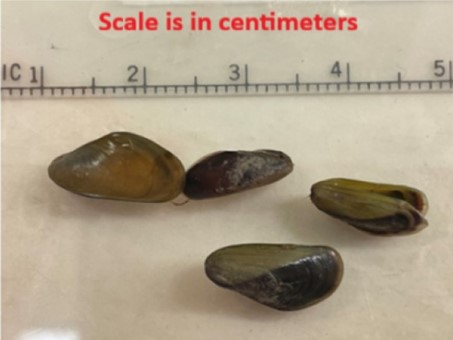
Good luck to all the sailors competing in this weekend’s Camellia Cup, and also the Wheeler Regatta being hosted by Berkeley Yacht Club.
Good Jibes #186: Jennifer Keil on Documenting Your Family Sailing History
In this week’s Good Jibes we chat with Jennifer Keil about preserving your family sailing memories so they can be passed down from generation to generation — and also enjoyed by sailing friends. Jennifer is an archivist and the co-founder of 70 Degrees who archives, preserves, and exhibits your narrative.
Tune in as Jennifer shares with Good Jibes host Ryan Foland the history of sailing in California, how 70 Degrees’ archiving process works, tales from documenting West Coast sailing history, how to document your own family sailing history, and the value of your boat’s history when it’s time for her to change hands.
Here’s a sample of what you’ll hear in this episode:
- Why temperature is important for archiving
- How Newport got its name
- How to start documenting and archiving your sailing histories
- Ask about the “boring” little things — like provisions!
- How to gather boat history from former owners
Learn more about Jennifer at 70Degrees.org and Ryan at Ryan.Online.
Listen to the episode on Apple Podcasts, Spotify, and your other favorite podcast spots — follow and leave a 5-star review if you’re feeling the Good Jibes!
- Maritime History
- West Coast Sailing
- Northern California Racing
- General Sailing
- Racing
- Current News
- Sponsored Post
Sign Up for the Great Vallejo Race
Charlie’s Cushion: A Successful Treasure Hunt
On the blustery afternoon of March 27, we were motoring down the Sausalito channel back to Clipper Yacht Harbor in our chartered Beneteau when a 20+ knot gust blew one of the two cockpit cushions overboard. The cushion quickly drifted around channel marker #8 and into shallow water. With the low tide, a 6-ft draft and no dinghy, we didn’t dare chase it and watched helplessly as it drifted across Richardson Bay toward Tiburon. We noted its course, hoping to judge where it would land on the rocky shore opposite.
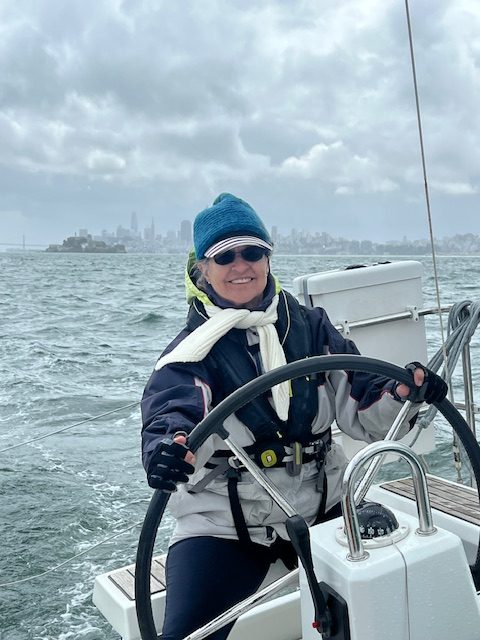
Upon returning to our slip, we hopped into the car, drove over to Tiburon, and walked the path along the shore below where the road to Tiburon is visible from the water. We surmised that the cushion should arrive in line with the tennis courts. It was certainly windy enough that it should have been there by then, but it wasn’t.
The next morning at low tide we returned and walked the entire path again, but no luck.
After we turned in our charter one day later, we decided to try to find the cushion yet a third time. As we approached the shoreline, we saw a woman standing at the beginning of the path watching a child scrambling around the rocks. Maybe they did this regularly and had seen the cushion. Sure enough, the favorite pastime of this precocious, talkative 8-year-old, named Charlie, was to scavenge the rocky shoreline just down the street from his home for hidden treasures. His nanny watched from above to make sure he didn’t get into trouble. Charlie had found many things on his scavenger hunts, including an intact, undelivered package.
When we told Charlie of our dilemma, he asked if the cushion was valuable. I said yes, so much so that I would give him $20 if he found it. His eyes lit up and he said he thought he knew where it was. Charlie scrambled over the rocks, as sure-footed as a mountain goat. While he continued along the shore, we followed on the path away from the shore and around a bluff. He came out on the other side with a huge cushion, but it was not ours. Meanwhile, he had found a floating winch handle, which he gave to us since he didn’t have much use for it and his dad was tiring of his bringing things home.
Following Charlie led us to the other side of the bluff, where the path returned to the shoreline. It was farther north than we thought the cushion would have washed up, but what the heck, let’s look there too. Not too much farther along, Charlie yelled, “I found it! I found it!” and scrambled even more quickly over the rocks while we three adults looked on, incredulously, not seeing anything. But sure enough, he pulled our fully intact black cushion out from behind the wet, black rocks. How he even saw it is beyond us … we probably would have missed it had we walked this stretch without the aid of Charlie’s keen young eyes.

Charlie got his reward and Club Nautique got their cushion back. His dad said Charlie was very excited because that was the most money he had ever made! And if that weren’t satisfaction enough, our hearts were touched by the fact that his name was Charlie, the name of my husband Rick’s deceased dad, who got Rick into sailing, and whose spirit we believe has been watching over us on the water ever since.
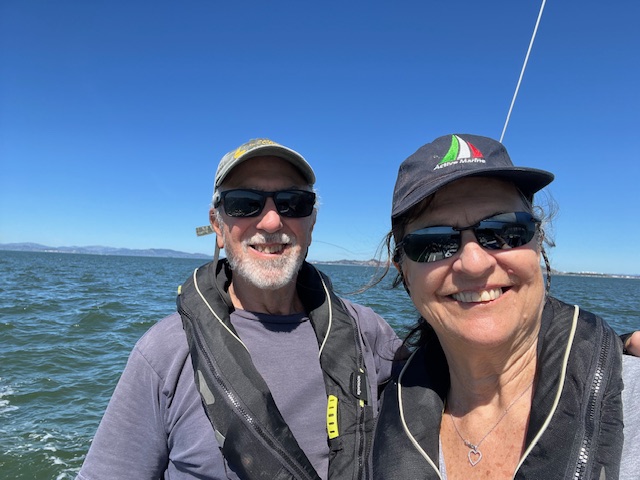
What a Boatyard Taught Me About Loneliness
One of the times I felt the most alone was while housesitting in a mansion in San Francisco’s Pacific Heights neighborhood. This 6,000-square-foot, historical building had three floors of living space and a penthouse office overlooking the Golden Gate Bridge, the Palace of Fine Arts, and the shimmering Bay. I could choose among three different bathrooms, took a nightly hot bath, enjoyed a private infrared sauna, worked out in my personal gym, and cooked in a huge and luxurious kitchen.
I was sitting on the couch in front of huge bay windows when I realized how lonely I was. I was trapped in this huge mansion in a city made of concrete and glass, and when I walked down the street, nobody smiled or said hello. Across the way from those bay windows, I could see white light glistening from apartments, and sometimes, the vague sense of movement as people lived out their lives behind these insulated walls. The disconnect from other people and from nature hit me hard, and I couldn’t wait to escape. No matter how luxurious a house is, it isn’t a cure for what we all crave: connection and community.
One of my biggest fears in life is being alone. Not alone in a temporary way, where I enjoy time by myself to read, journal, exercise, or reflect. I mean perpetual loneliness, with no visitors, no phone calls, no emails, and no social interaction for days on end. This is an epidemic that is going strong in the United States and one that is heartbreaking, as it can so easily be solved. In fact, this loneliness epidemic is so bad that the US Office of the Surgeon General issued an advisory saying humans are wired for social connection, but we’ve become isolated over time. That loneliness is more widespread than other major health issues, and is a major public health concern.
Community is key to our survival, but in modern American life, it’s become increasingly difficult to find. This is why one of my top goals in life is to maintain my interpersonal connections with friends and family, and I work hard to nourish those relationships. They are as vital to me as the air that moves through my lungs.
Think about the suburbs full of huge homes. How often do people actually see and interact with their neighbors? How much community is there? Or do we often hunker down inside our walls, entertaining ourselves with our phones and televisions? What about the people who LIVE alone and have no family and no outside interaction? There has to be a change to solve this loneliness epidemic. But how?
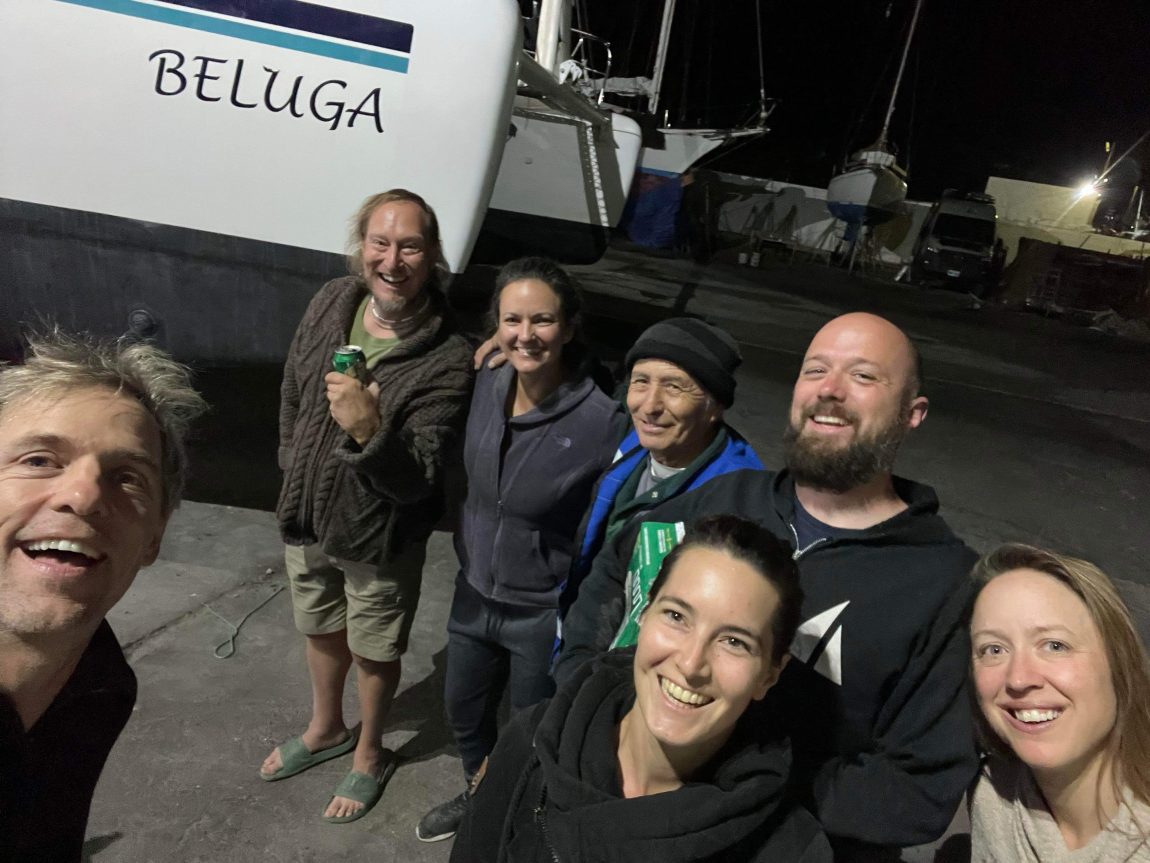
You would not think of a boatyard as an example of community. People don’t intentionally come to boatyards to find friends and connections. Boatyards are places where you want to finish work as quickly as possible, as boatyards aren’t nice places to live.
Celebrate Sustainability at the Berkeley Waterfront — April 10
Celebrate the Berkeley Marina’s new electric Harbor Patrol boat, new boater WiFi, and 5 new electric vehicles! Visitors are welcome at our free Ribbon Cutting this Thursday, April 10, 1:30 – 3:00 p.m. Let us treat you to music, cookies, cupcakes, e-boat rides, equipment demos, and affogatos from the Berkeley Waterfront’s own Roaming Bean Coffee. Come learn about our Marina and meet our wonderful staff. Arrive early for free treats. Free day slips available: (510) 981-6740.


